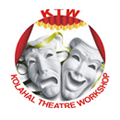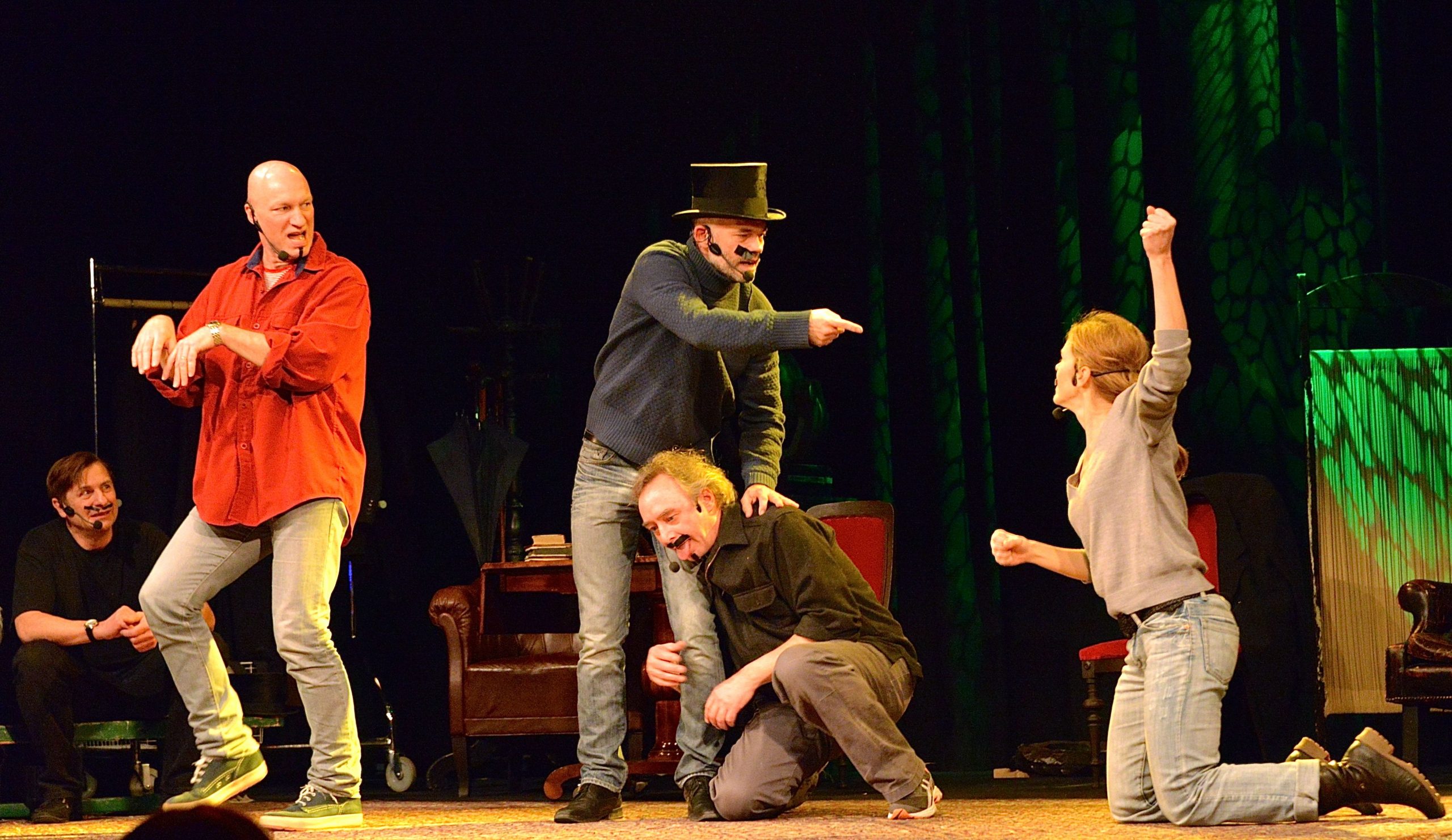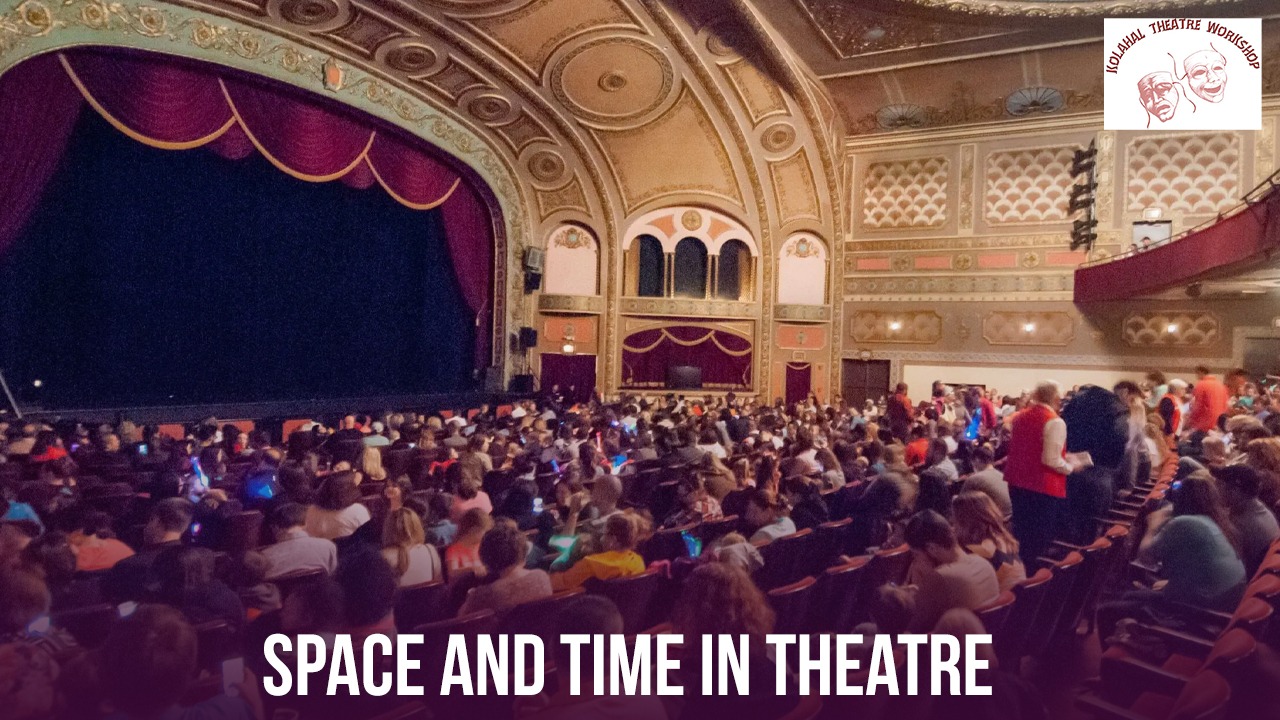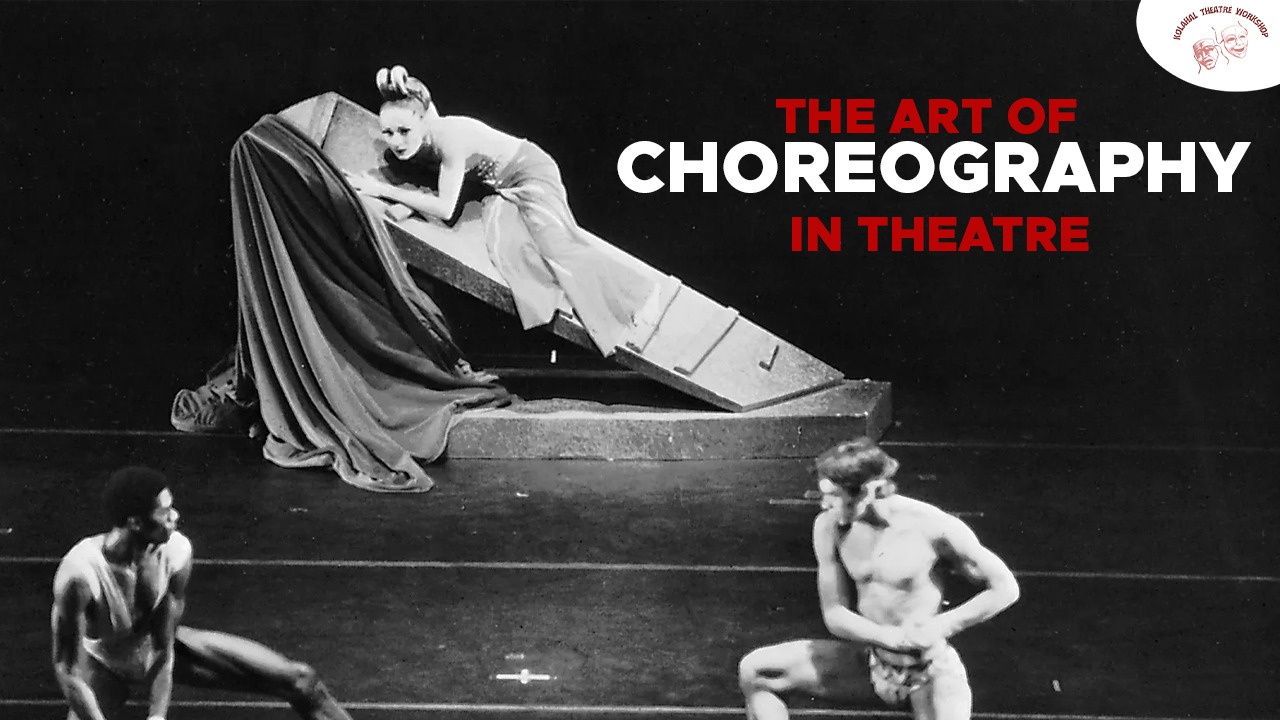Physical Theatre vs. Traditional Acting
Introduction:
In the vast realm of performing arts, two distinctive forms stand out: Physical Theatre and Traditional Acting. While both share the common goal of storytelling and captivating audiences, they diverge in their approaches and techniques. In this exploration, we’ll dissect the key differences between Physical Theatre and Traditional Acting, shedding light on their unique characteristics and the ways in which they contribute to the rich tapestry of theatrical expression.
Defining Physical Theatre:
Physical Theatre is a dynamic and expressive form of performance that places a strong emphasis on the body as a primary means of communication. Unlike traditional acting, which often relies on verbal communication, Physical Theatre tells stories through movement, gesture, and the use of space. Performers in Physical Theatre engage in rigorous physical training to develop heightened body awareness, control, and expressivity. This form of theatre often incorporates elements of dance, mime, and even acrobatics to convey narratives without relying heavily on spoken words.
Traditional Acting: The Power of Words
On the other side of the spectrum, Traditional Acting is deeply rooted in the spoken word. This form of performance relies on the actor’s ability to convey emotions, relationships, and narrative through dialogue. Traditional actors focus on the nuances of language, voice modulation, and facial expressions to bring characters to life. While movement and physicality play a role in traditional acting, the primary vehicle for storytelling is the spoken word.
The Role of Script and Improvisation:
In Physical Theatre, the script often serves as a loose framework, allowing for a considerable degree of improvisation and interpretation by the performers. The emphasis is on creating a visceral experience through movement, and the narrative may evolve organically during the performance. Traditional acting, in contrast, follows a more structured approach. A meticulously written script serving as the backbone of the performance. The actor’s challenge lies in bringing the characters to life within the confines of the written text.
https://kolahal.org/2023/11/10/mastering-the-stage-10-essential-tips-for-theatre-acting/
Connection with the Audience:
Firstly, Physical Theatre has a unique ability to forge a direct and visceral connection with the audience. The emotional impact is immediate, as the physicality of the performance transcends language barriers. Traditional Acting, while equally powerful, relies on the audience’s engagement with the spoken word. The emotional resonance comes through the dialogue, requiring a different kind of connection with the audience.
Blurring Boundaries: The Hybrid Approach:
In recent years, artists have explored the fascinating terrain between Physical Theatre and Traditional Acting, creating hybrid performances that combine the strengths of both forms. These boundary-breaking productions showcase the potential for innovation and creativity within the performing arts. It proves that the dichotomy between Physical Theatre and Traditional Acting is not a rigid divide but rather a spectrum of possibilities.
Conclusion
In conclusion, Physical Theatre and Traditional Acting represent two distinct avenues for artistic expression. In addition to its own set of techniques, challenges, and strengths. Also, performers contribute to the rich diversity of the theatrical landscape. As we witness the evolution of the performing arts, it becomes evident that the interplay between Physical Theatre and Traditional Acting holds the key to pushing creative boundaries and captivating audiences in new and exciting ways.
https://www.backstage.com/magazine/article/physical-theater-guide-74965/




